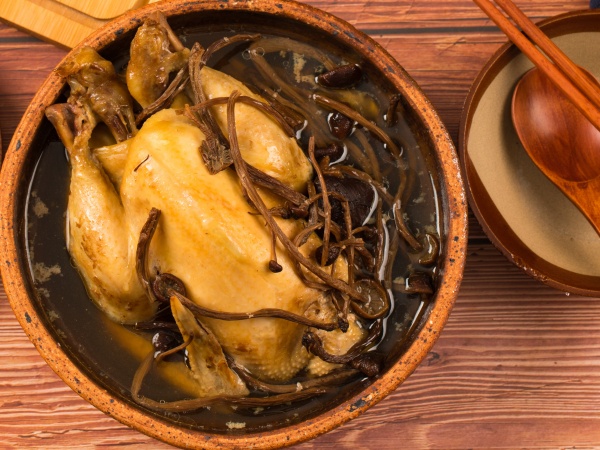Characteristics of Chinese Gastronomy
China's culinary heritage is vast and profound, renowned globally for its harmony of flavors, colors, and techniques. This age-old tradition continues to evolve, captivating diners worldwide with its fresh ingredients, innovative dishes, and masterful presentation. From the vibrant hues to the intricate culinary skills, Chinese cuisine offers a delectable experience that nourishes both the body and the senses.
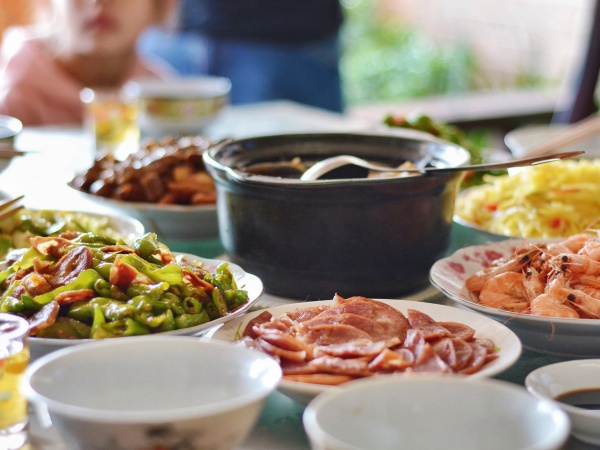
1.Wide Selection of Ingredients
China’s vast territory provides a unique advantage in selecting ingredients for food. The ingredients of Chinese food can be roughly classified into poultry, livestock, egg products, vegetables, fruits, aquatic products, cereals, dry ingredients, seasonings, etc. Each category can be subdivided into many varieties. Even the same varieties can differ in characteristics due to their place of origin, variety, part of the animal or plant, and processing method, especially in the case of aquatic products and vegetables, which are highly seasonal. Chinese food chefs are experts in selecting ingredients for each dish, which results in a very ingenious and rational arrangement of them. For example, although it is pork, the upper part of the loin can have a combination of fat and lean, as well as being very tender, which is why it is chosen as an ingredient for the Cantonese dish "Gulao Rou"; while the leg meat, such as the gluteus muscle, may have thick fibers but an intense aroma, making it the perfect choice for the "Steamed Pork Breast" dish.

2.Careful Cutting and Presentation
Chinese food is internationally famous for its precision in knife handling. Chinese chefs can cut ingredients into slices, juliennes, cubes, strips, cubes, grains, chunks, crumbles, purees and other shapes, all with uniform size and amazing precision. Some ingredients, after being worked with the knife, become beautiful patterns and figures that look like birds, animals, flowers, and plants, which adds a touch of art to the presentation of dishes. For example, after being properly cut and prepared, yellow fish can be fried and molded into shapes such as that of a frog or squirrel, causing diners to praise its appearance and taste. Even common ingredients such as radish and potato can be transformed into eye-catching shapes, such as chrysanthemums, roses, phoenixes and peacocks, thanks to the careful handling of the knife by Chinese chefs.
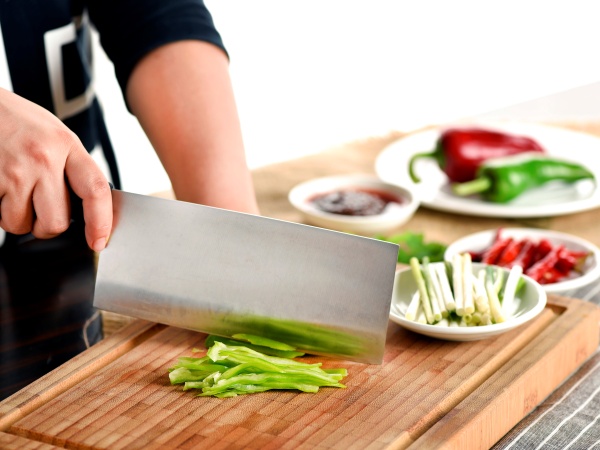
Chinese food also places emphasis on the combination of ingredients. For example, in the "Chicken porridge with pork tendons" dish, pork tendon is combined with minced chicken meat and diced ham. Pork tendon contains collagen proteins, which are incomplete, while chicken meat and ham contain complete proteins. These ingredients complement each other, thus increasing the nutritional value of the dish. In terms of taste, the minced chicken meat and ham cubes wrapped around the pork tendon make the latter, which itself is tasteless, delicious. In addition, the color of the ham cubes contrasts with the white of the chicken and pork tendon, adding an attractive visual touch to the dish.
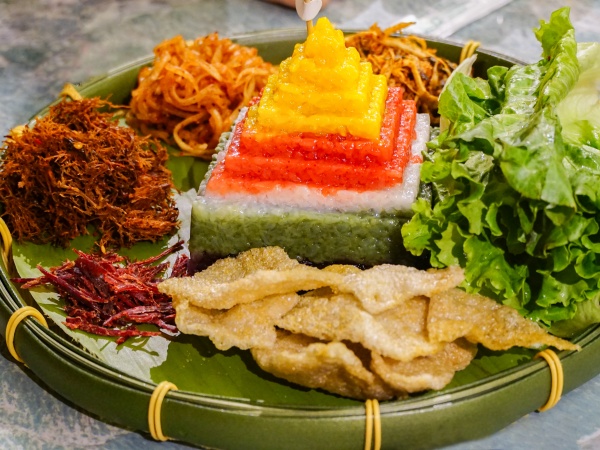
3.Abundant Cooking Methods
Chinese food has a wide variety of cooking methods, making it one of the most prominent in the world. There are dozens of major categories of commonly known cooking methods, and each of these categories can be subdivided into many more. Furthermore, in all regions of China, there are numerous regional cooking methods with distinctive and abundant flavors.

Another distinctive feature of Chinese food is the wide variety of seasonings used. Sichuan cuisine, for example, focuses on the "seven flavors" and "eight tastes", while Guangdong cuisine focuses on the "five flavors" and "six tastes". Differences in seasonings are one of the main reasons contributing to the diversity of regional flavors in Chinese cuisine. For example, Chaozhou cuisine pays great attention to seasonings, and each main course is served with a "flavor plate" containing a variety of complementary flavors. When serving the "steamed fish" dish, it is essential to have a bowl of mandarin oil; For dishes that are baked, fried, roasted or browned, some are accompanied with sweet sauce or plum paste, while others are served with tangerine juice or red vinegar, adding a distinctive touch to the flavors.
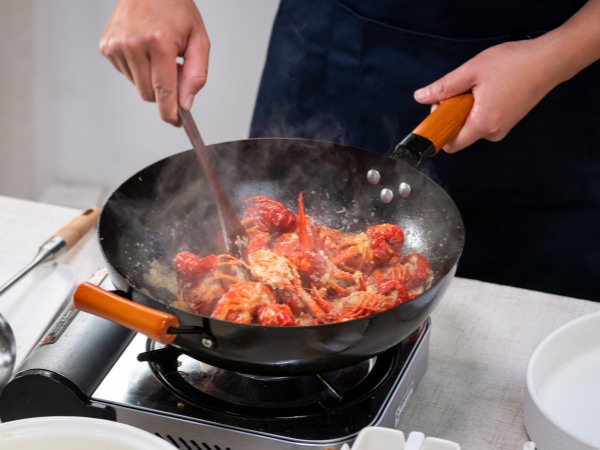
4.Varied Dishes with Distinctive Characteristics
Chinese food offers a wide variety of dishes with distinctive characteristics. With a plethora of ingredients and cooking methods available, countless dish combinations can be created. For example, with the same ingredient, such as duck, and using different cooking methods and seasonings, you can prepare dozens of different dishes, such as crispy duck, eight treasure duck, duck with lotus cream, stir-fried duck with onion Beijing, duck with crispy skin, duck in pumpkin, lyre duck, roast duck, fried duck strips, among others. Full meals of duck, beef, lamb, and other whole dishes are common in many large cities. Due to differences in climate, environment, products and local customs across the country, regional flavors also vary. In general, Sichuan and Hunan dishes are spicy, Fujian and Guangdong dishes are mild, Jiangsu and Shanghai dishes tend to be sweet, while northeastern dishes are fresher, these characteristics are reflected in regional dishes. and enrich the variety of Chinese food. In addition, Chinese food also emphasizes excellence in color, aroma, flavor, shape and presentation. This is not only considered a standard for each individual dish, but also for the set of dishes served at a meal.
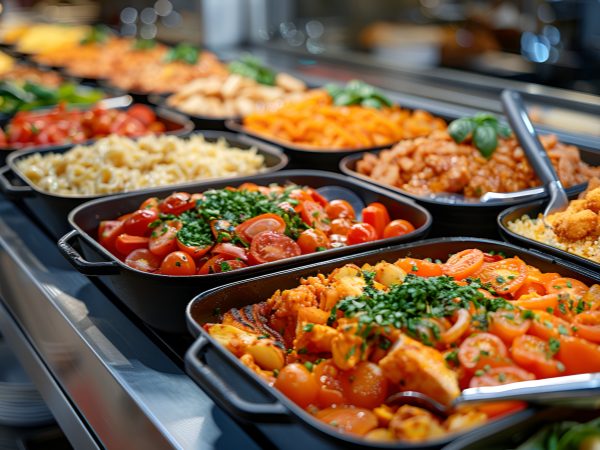
5.The Combination of Food and Medicine
Our country's culinary technology has a close relationship with medical care. In China, the concept of "food and medicine share the same source" and "medicinal foods have the same benefits" has always been highly valued. The medicinal values of food ingredients are used to prepare a variety of delicious dishes to prevent and treat certain diseases.
